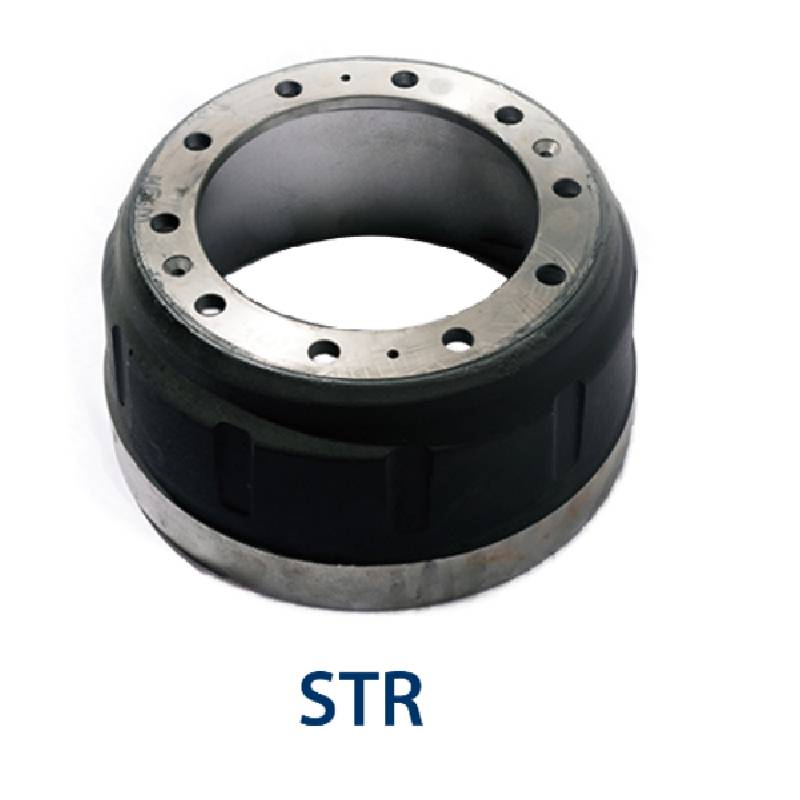12 月 . 04, 2024 10:09 Back to list
brake drum material composition
Brake Drum Material Composition A Comprehensive Overview
The brake drum is a crucial component in the braking systems of many vehicles, especially those equipped with drum brakes. Its primary function is to house the brake shoes, which press against the drum to slow down or stop the vehicle. Given its importance, understanding the materials that constitute brake drums can offer insights into their performance, durability, and application in different vehicular contexts.
1. Common Materials Used in Brake Drums
Brake drums are primarily made from cast iron, though other materials such as aluminum, composite materials, and even steel have been used in various applications. Each material has its unique properties that contribute to the drum's performance.
- Cast Iron The most common material for brake drums, cast iron offers excellent heat dissipation and wear resistance. Its properties allow it to withstand the high temperatures generated during braking without deforming. The ability of cast iron to absorb and dissipate heat makes it ideal for heavy-duty applications, such as in trucks and commercial vehicles. However, cast iron is heavy, which can affect the overall weight of the vehicle.
- Aluminum Some vehicles, particularly lighter ones such as performance cars, use aluminum for their brake drums. Aluminum is much lighter than cast iron, which can contribute to improved fuel efficiency and better handling dynamics. However, aluminum is softer than cast iron and can wear out more quickly under heavy use. As such, aluminum drums are typically used in applications that do not subject them to extreme conditions.
- Composite Materials Advancements in material science have led to the development of composite materials for brake drums. These materials often combine the strengths of traditional metals with the lightweight properties of plastics or ceramics. Composite brake drums can provide excellent thermal stability and wear resistance, though they are still less common than cast iron and aluminum.
2. Chemical Composition of Brake Drum Materials
The chemical composition of the materials used in brake drums plays a significant role in their performance characteristics
brake drum material composition

- Cast Iron This material typically contains iron, along with varying amounts of carbon (2-4%) and silicon (1-3%). The addition of these elements contributes to the strength, toughness, and wear resistance of the material. The specific grades of cast iron, such as gray cast iron or ductile cast iron, can be tailored for different braking applications.
- Aluminum When used for brake drums, aluminum is often alloyed with elements like silicon, magnesium, and copper to enhance its strength and durability. The aluminum alloys used generally provide a good balance of weight and strength, making them suitable for performance-oriented vehicles.
- Composite Materials The composition of these materials can vary significantly. Commonly, they may consist of resin systems reinforced with fibers (such as carbon or glass fibers) and fillers to achieve the desired physical properties. These materials are engineered for specific applications, with a focus on reducing weight and improving thermal performance.
3. Impact on Performance and Safety
The choice of material in brake drum manufacturing has direct implications for vehicle performance and safety. For example, cast iron drums, while heavier, can endure higher temperatures without compromising their structural integrity, thus providing consistent braking performance under demanding conditions. Aluminum drums, on the other hand, while lighter and providing efficiency benefits, may not be suitable for heavy-duty applications unless specifically designed for such use.
Moreover, the composition of materials affects the friction coefficient between the drum and brake shoes, influencing the effectiveness of braking. A balanced material composition ensures that the braking system remains responsive and reliable, ultimately impacting the safety of the vehicle.
4. Conclusion
The composition of brake drum materials is a vital aspect of their functionality and efficiency in the braking system of vehicles. Understanding the properties of various materials can help manufacturers design better products that meet the diverse needs of consumers and ensure road safety. As technology continues to evolve, we can expect further advancements in brake drum materials, potentially leading to even better performance characteristics and innovations in vehicle braking systems.
-
Brake Drum for Kamaz Trucks Durable OEM Replacement & High Performance
NewsMay.30,2025
-
Brake Drum Man High-Quality Drum Brake & Shoe Solutions
NewsMay.30,2025
-
High-Performance Brake Drum for Kamaz Trucks Durable Drum Brake Components
NewsMay.29,2025
-
Brake Drum Man High-Quality Drum Brake Drums & Brake Shoes
NewsMay.29,2025
-
Brake Drum MAZ High-Performance & Durable Replacement Parts
NewsMay.29,2025
-
heavy truck brake drums
NewsMar.07,2025
